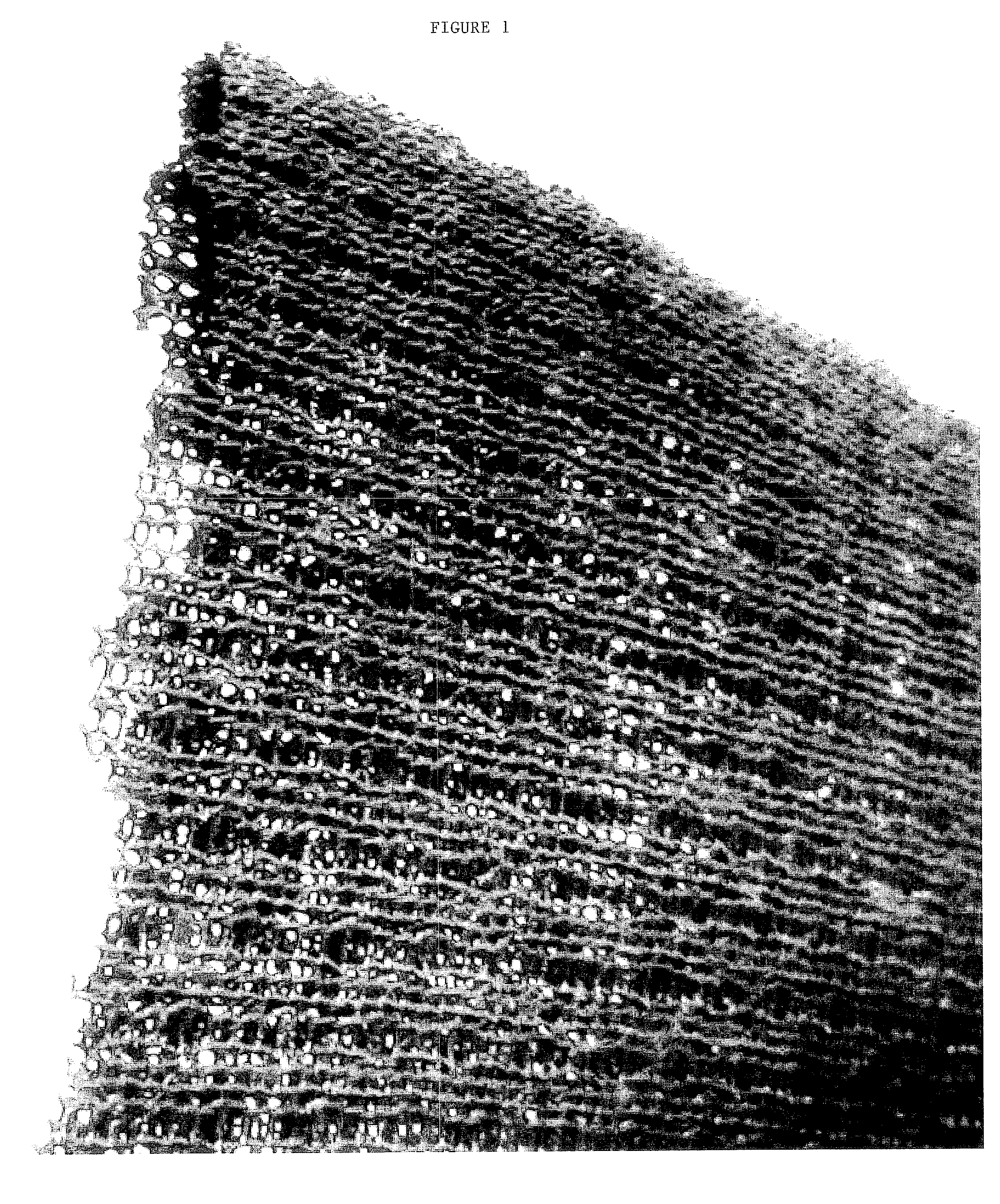Knit fabrics and base layer garments made therefrom with improved thermal protective properties
a technology of thermal protection and knitted fabrics, which is applied in the direction of knitting machines, nuclear elements, knitting, etc., can solve the problems of severe skin injury and potential hazards of synthetic fibers such as polyester, nylon, polypropylene, etc., and achieve the effect of effective thermal protection characteristics
- Summary
- Abstract
- Description
- Claims
- Application Information
AI Technical Summary
Benefits of technology
Problems solved by technology
Method used
Image
Examples
examples
[0067]The following examples illustrate but do not limit the invention. The particularly advantageous features of the invention may be seen in contrast to the comparative examples, which do not possess the distinguishing characteristics of the invention.
[0068]Fabrics were knitted using conventional knit constructions as shown below and then subjected to various testing and evaluated for thermal performance. Such fabrics were prepared as follows:
[0069]A 30 s / 1 (30 cotton count, 1 ply) yarn was made with three different intimate blend ratios of nominal 50 / 50, 40 / 60, and 30 / 70 nylon / cotton staple fibers using a conventional yarn spinning method. (Cotton count is the conventional yarn numbering system and is based on a unit length of 840 yards, and the count of the yarn is equal to number of 840-yard skeins required to weigh one pound. Under this system, the higher the number, the finer is the yarn. A skein is a continuous strand of yarn in the form of a collapsed coil. It is wound on a...
PUM
| Property | Measurement | Unit |
|---|---|---|
| Time | aaaaa | aaaaa |
| Percent by mass | aaaaa | aaaaa |
| Percent by mass | aaaaa | aaaaa |
Abstract
Description
Claims
Application Information
 Login to View More
Login to View More - R&D
- Intellectual Property
- Life Sciences
- Materials
- Tech Scout
- Unparalleled Data Quality
- Higher Quality Content
- 60% Fewer Hallucinations
Browse by: Latest US Patents, China's latest patents, Technical Efficacy Thesaurus, Application Domain, Technology Topic, Popular Technical Reports.
© 2025 PatSnap. All rights reserved.Legal|Privacy policy|Modern Slavery Act Transparency Statement|Sitemap|About US| Contact US: help@patsnap.com


